Publications
Book Chapters
Deep Learning in Biology and Medicine

Contributed to a chapter titled "Deep Learning for Medical Imaging". The chapter discusses the general deep learning strategies that have been considered in medical imaging; widespread preprocessing, processing, and postprocessing schemes; their targets and applications; and discuss key challenges to address in the future for easing their applicability in clinical practice.
As the first author
Layer Ensembles: A Single-Pass Uncertainty Estimation in Deep Learning for Segmentation
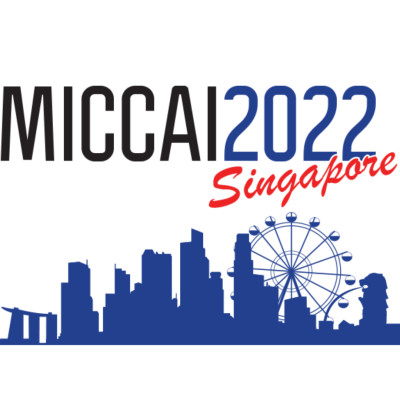
A novel method for uncertainty estimation in segmentation that performs similarly as the SoTA methods but requiring only a single network and a single pass to estimate epistemic uncertainty.

Transductive transfer learning for domain adaptation in brain magnetic resonance image segmentation
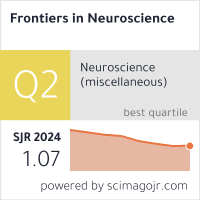
Proposed histogram loss to minimise the differences in the activation maps of a 2.5D CNN. Images from target domain are used in training but without ground truth masks. Results showed improvements for two different brain MRI segmentation tasks.
Supervised domain adaptation for automatic sub-cortical brain structure segmentation with minimal user interaction.
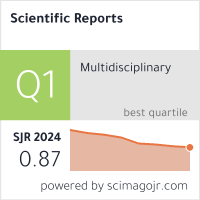
Applied transfer learning strategy as a domain adaptation technique and compared its performance to other methods for domain generalisation in MRI image segmentation.
Automated sub-cortical brain structure segmentation combining spatial and deep convolutional features.
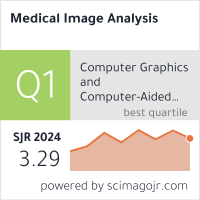
Proposed a novel 2.5D CNN that utilises spatial priors and selective sampling for brain structure segmentation. State-of-the-art results were achieved on publicly available datasets.
As a co-author
Domain generalization in deep learning based mass detection in mammography: A large-scale multi-center study
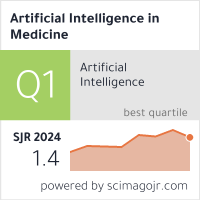
We explored the domain generalization of deep learning methods for mass detection in digital mammography and analyze in-depth the sources of domain shift in a large-scale multi-center setting.
Sharing generative models instead of private data: a simulation study on mammography patch classification

As sharing data between centres is restricted due to patient privacy concerns, we propose a potential solution: sharing trained generative models between centres as substitute for real patient data.

Center Dropout: A Simple Method for Speed and Fairness in Federated Learning
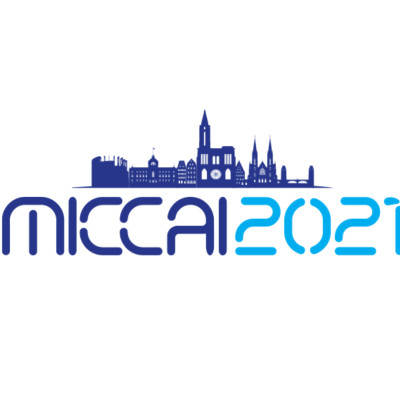
Our work proposes Center Dropout, a simple modification to the vanilla algorithm that does not train on the entire consortium on every round, but selects a random assortment of the total collaborators and proportionally increases the amount of local learning.

Federated learning for multi-center imaging diagnostics: a study in cardiovascular disease

The first study on the applicatio of federated learning in cardiovascular disease classification. Experiments with different model aggregation and validation techniques were performed.
Data preparation for artificial intelligence in medical imaging: A comprehensive guide to open-access platforms and tools
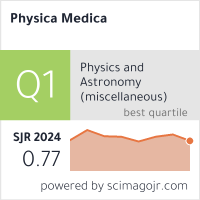
A comprehensive guide for data preparation process for the beginners in AI in Medical Imaging. Here we provided a list of tools and platforms for data annotation, anonymisation, and curation. Also a list of publicly available datasets.
Generating longitudinal atrophy evaluation datasets on brain Magnetic Resonance Images using Convolutional Neural Networks and segmentation priors
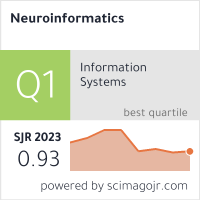
Generating MRI images with controlled atrophy by deforming the segmentation probability maps. These synthetic images can be used in many applications such as atrophy quantification, cognitive disorder prediction using longitudinal images series.
Improving the detection of autism spectrum disorder by combining structural and functional MRI information
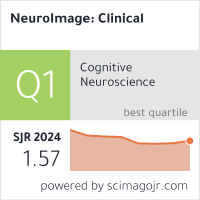
Proposed to combine structural and functional MRI features to classify autism spectrum disorder. Structural features were extracted from FreeSurfer brain image parcellation masks on T1-w MRI images. And the functional features were extracted using by constructing connectivity matrices and further dimensionality reduction using the Fisher score. The classification performance achieved state-of-the-art on ABIDE datasets.
Quantitative analysis of patch-based Fully Convolutional Neural Networks for tissue segmentation on brain Magnetic Resonance Imaging
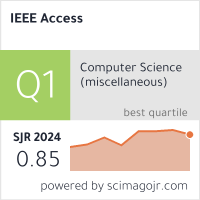
Principaled analysis of patch-based techniques for brain tissue segmentation using F-CNNs. Different architectures, patch-extraction techniques were extensively analysed and systematically compared.
Deep convolutional neural networks for brain image analysis on magnetic resonance imaging: a review

A review of CNN methods for brain lesion, tissue, and structure segmentation. Evolution of different CNN architectures and state-of-the-art strategies were discussed. Future research directions for the research in brain imaging were hinted.
Pre-prints
FUTURE-AI: Guiding Principles and Consensus Recommendations for Trustworthy Artificial Intelligence in Medical Imaging
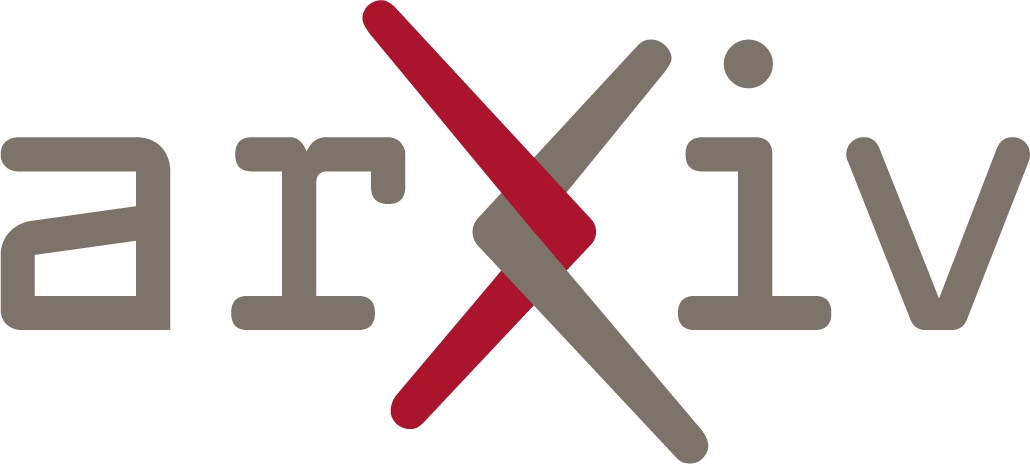 A
A
This paper introduces a careful selection of guiding principles drawn from the accumulated experiences, consensus, and best practices from five large European projects on AI in Health Imaging. These guiding principles are named FUTURE-AI and its building blocks consist of (i) Fairness, (ii) Universality, (iii) Traceability, (iv) Usability, (v) Robustness and (vi) Explainability.
 A
A
High-resolution synthesis of high-density breast mammograms: Application to improved fairness in deep learning based mass detection

This study aims to improve the mass detection performance in high-density breasts using synthetic high-density full-field digital mammograms (FFDM) as data augmentation during breast mass detection model training.

medigan: A Python Library of Pretrained Generative Models for Enriched Data Access in Medical Imaging

We proposed medigan, a one-stop shop for pretrained generative models implemented as an open-source framework-agnostic Python library. medigan allows researchers and developers to create, increase, and domain-adapt their training data in just a few lines of code.

A review of Generative Adversarial Networks in cancer imaging: new applications, new solutions

Total of 163 papers that apply adversarial training techniques were analysed in the context of cancer imaging. Methodologies, advantages, and limitations were systematically discussed. Possible perspectives for GAN solutions in cancer imaging were hinted.

A hybrid SLAM and object recognition system for Pepper robot

First application of Simultaneous Localisation and Mapping (SLAM) with Pepper humanoid robot. Functionalities such as map building, map saving and reusing, recognising objects and locating them on the map were implemented and tested in real-world. (Equal contribution)

Survival prediction using ensemble tumor segmentation and transfer learning

Participation in the BraTS challenge for tumour segmentation and survival prediction. A cascaded pipeline was presented to segment the tumor and its subregions, which subsequently were used for survival prediction along with other clinical features.

